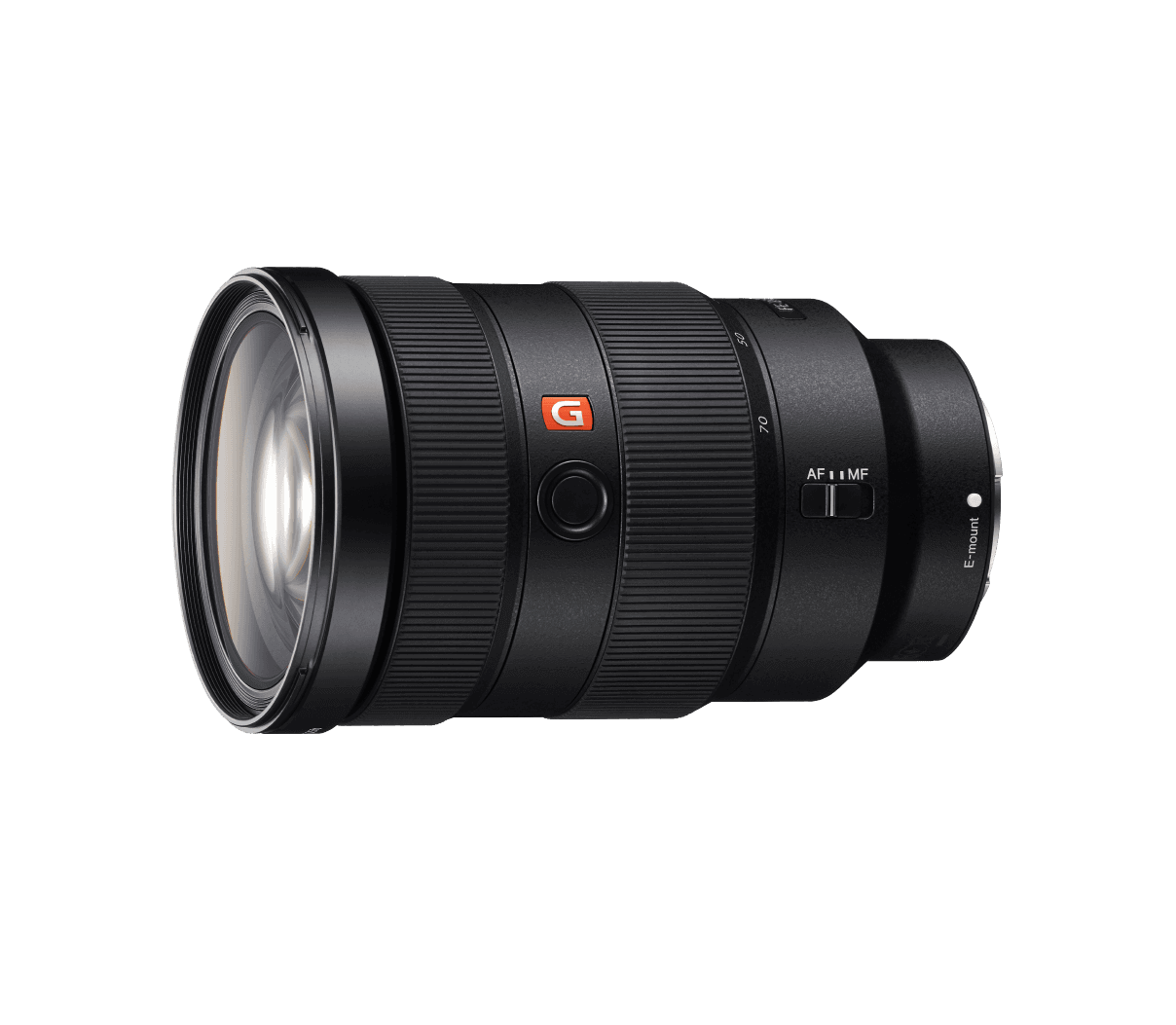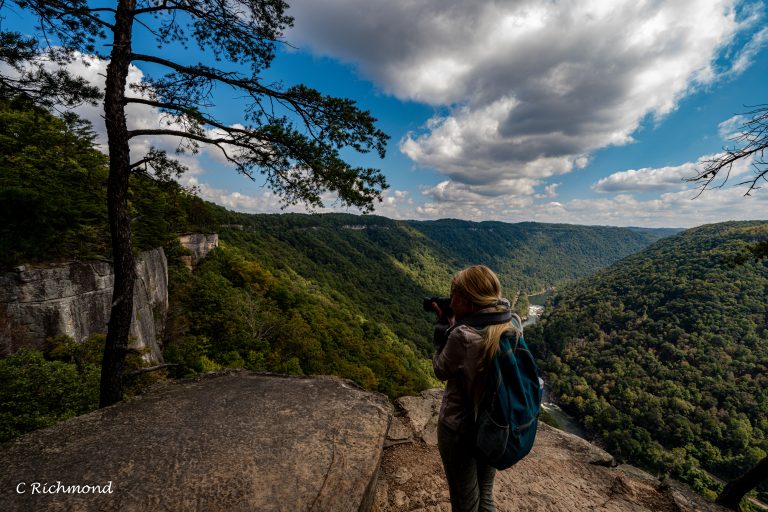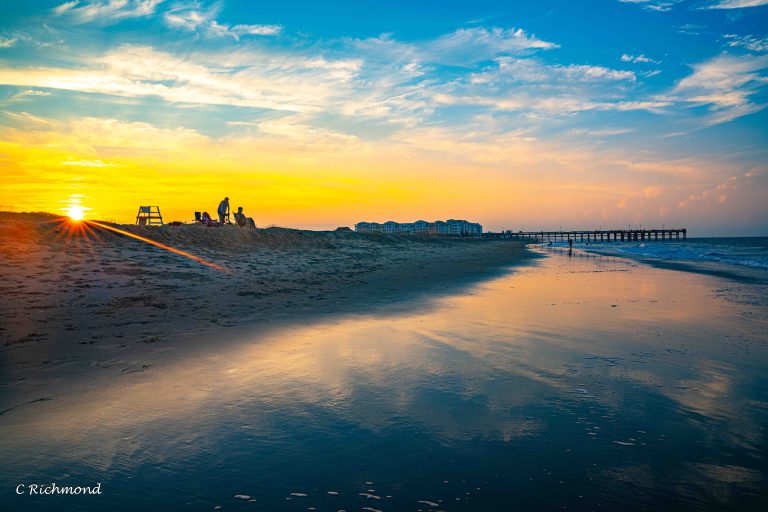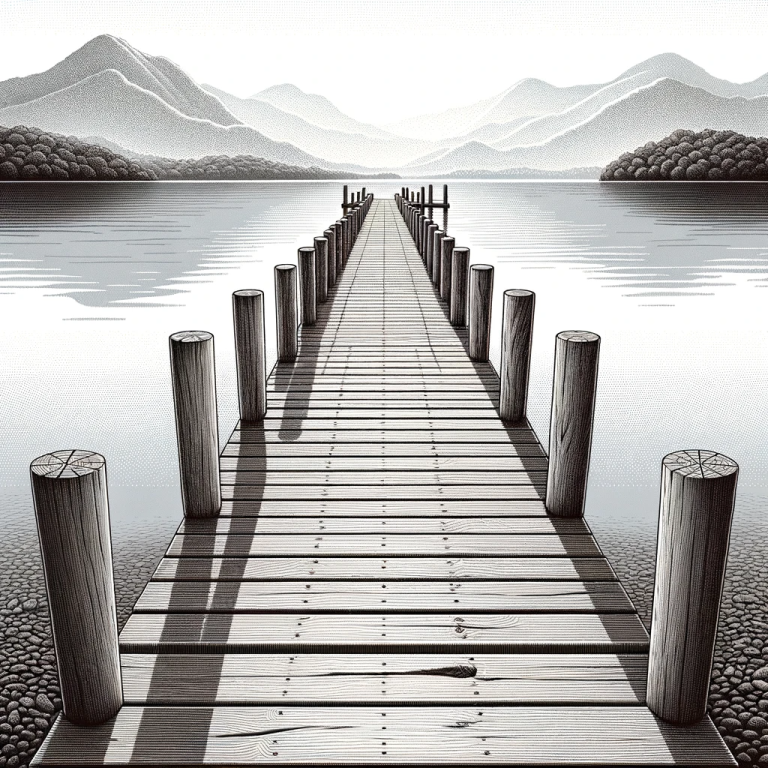What Camera Lens Should I Buy?
Choosing the right lens is an art and science amalgamated into one decision. To the uninitiated, the vast array of lens options can be daunting. After all, in photography, your lens often has a more profound effect on the final image than even the camera body itself. Whether you’re a mom longing to capture the ephemeral moments of childhood or an amateur striving to push beyond the constraints of ‘Auto’ mode, diving into the nuances of lens anatomy and function can profoundly elevate your work.
Deciphering the Language of Lenses: Key Components and Their Impact
Focal Length
Photography, at its essence, is about perspective. The focal length, denoted in millimeters (mm), is a testament to that. Think of it as the lens’s “zoom level”. A lower focal length, like 24mm, provides a wide view, encapsulating expansive scenes, while a higher one, such as 200mm, offers a narrowed, magnified view. So, if you’ve ever wondered how photographers capture everything from sprawling landscapes to a bird’s minutiae, the answer often lies in the focal length.
Aperture
Light and photography are inseparable companions. The aperture, represented by f/numbers (f/stops), is the eye of the lens, dictating how much light it lets in. A smaller f/stop number, like f/1.8, implies a wider aperture, which allows more light. This has two primary effects: firstly, it enables shooting in dimmer conditions without flash, and secondly, it provides a shallow depth of field, blurring the background and making the subject pop — a sought-after effect in portraits.
Image Stabilization
Every photographer, regardless of their skill level, has experienced the bane of unintentional blur. Even a slight handshake can spell disaster, especially in low-light conditions or when using long telephoto lenses. Image stabilization (IS) is the unsung hero in these scenarios. By counteracting minor movements, it ensures clarity, making it an invaluable tool for everyone, from action photographers to those capturing their child’s first steps.
Lens Mount and Compatibility
Lenses are not universally compatible with all cameras. The lens mount is like a unique keyhole, designed to fit a specific key – the camera. Major brands, like Canon or Nikon, have distinct mounts. Thus, a Nikon lens won’t fit a Canon camera, and vice versa. Knowing your camera’s mount is essential to ensure that the lens you’re eyeing will attach seamlessly.
Prime vs. Zoom Lenses
The photography community often finds itself divided over the prime vs. zoom debate. Prime lenses, with their fixed focal lengths like 50mm, often boast sharper optics and brighter maximum apertures. They encourage photographers to move and engage more deeply with their subjects — an immersive experience.
Zoom lenses, spanning a range like 24-70mm, offer versatility. They are like multiple primes combined into one. For situations where changing lenses frequently is impractical, such as weddings or sports events, zoom lenses shine.
Each has its merits and drawbacks. While primes often deliver superior image quality, zooms provide flexibility. The choice ultimately hinges on one’s specific needs and shooting style.
A Lens for Every Scenario: Picking the Right Tool for the Job
Landscape
When faced with the majesty of nature, wide-angle lenses (like 14mm or 24mm) are the preferred tools. Their broader field of view can capture vast landscapes, from sweeping valleys to towering mountain ranges, ensuring no detail is left out.
Portrait
Human emotions, fleeting yet profound, deserve a lens that does them justice. Prime lenses, especially in the 50mm to 85mm range with wide apertures (like f/1.8), excel here. They isolate the subject, blurring the background, and render every nuance, from a subtle smile to a pensive gaze, with clarity.
Wildlife and Sports
Distance often challenges photographers in these genres. Telephoto lenses, especially those in the 70-200mm range or even longer, bridge this gap. They bring distant subjects closer, ensuring that the lion’s mane or the athlete’s determination is captured with precision.
Street Photography
The unpredictable street milieu demands agility and discretion. Standard primes, like a 35mm or 50mm, are compact and unobtrusive. They ensure that candid moments, from an impromptu dance to a shared laugh, are frozen in time without intrusion.
Macro Photography
The macro world, teeming with details often overlooked by the naked eye, beckons lenses specifically designed for the task. Macro lenses, often around 100mm, magnify the tiny. Whether it’s the intricate patterns on an insect’s wing or the delicate droplets on a petal, they ensure the minute stands grand.
Astrophotography
The celestial realm, with its galaxies and stars, requires lenses capable of capturing faint light. Wide-angle lenses, especially those around 14mm with wide apertures like f/2.8, gather more light, ensuring that the mysteries of the universe are captured with finesse.
Investing Wisely: Considerations Beyond the Basics
Budget Constraints
Photographic gear can be expensive, and it’s easy to be swayed by the allure of high-end lenses. However, the most expensive lens isn’t inherently the best for every individual. Balancing one’s budget with needs is crucial. Sometimes, a mid-range lens can serve just as effectively as its pricier counterpart.
Future Growth and Adaptability
Photography is an evolving journey. As one grows, their needs change. Investing in lenses should be a forward-looking decision, ensuring they cater not just to current but also anticipated future requirements.
Conclusion
The world of photography is as vast and varied as the lenses crafted to capture it. From the gleam in a child’s eye to the myriad hues of a sunset, the right lens is instrumental in weaving stories. The journey might seem daunting initially, with myriad options and technical jargon. But with time, research, and understanding, every budding photographer can find their perfect lens companions. Remember, it’s not about having the best lens, but the right one for your story.










